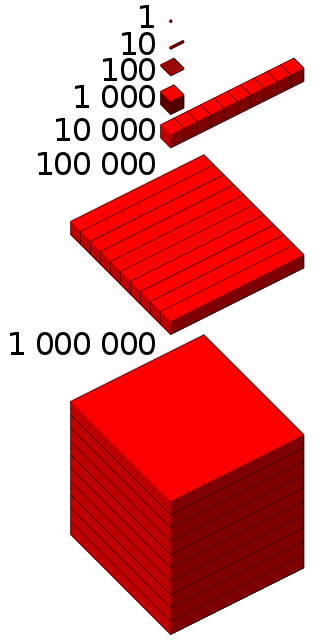Related Research Articles
15 (fifteen) is the natural number following 14 and preceding 16.
21 (twenty-one) is the natural number following 20 and preceding 22.
33 (thirty-three) is the natural number following 32 and preceding 34.
29 (twenty-nine) is the natural number following 28 and preceding 30. It is a prime number.
38 (thirty-eight) is the natural number following 37 and preceding 39.
85 (eighty-five) is the natural number following 84 and preceding 86.
86 (eighty-six) is the natural number following 85 and preceding 87.
87 (eighty-seven) is the natural number following 86 and preceding 88.
77 (seventy-seven) is the natural number following 76 and preceding 78. Seventy-seven is the smallest positive integer requiring five syllables in English.
73 (seventy-three) is the natural number following 72 and preceding 74. In English, it is the smallest natural number with twelve letters in its spelled out name.
34 (thirty-four) is the natural number following 33 and preceding 35.
58 (fifty-eight) is the natural number following 57 and preceding 59.
119 is the natural number following 118 and preceding 120.
1000 or one thousand is the natural number following 999 and preceding 1001. In most English-speaking countries, it can be written with or without a comma or sometimes a period separating the thousands digit: 1,000.
300 is the natural number following 299 and preceding 301.
700 is the natural number following 699 and preceding 701.

1,000,000, or one thousand thousand, is the natural number following 999,999 and preceding 1,000,001. The word is derived from the early Italian millione, from mille, "thousand", plus the augmentative suffix -one.
181 is the natural number following 180 and preceding 182.
177 is the natural number following 176 and preceding 178.
30,000 is the natural number that comes after 29,999 and before 30,001.
References
- ↑ Sloane, N. J. A. (ed.). "SequenceA034710(Positive numbers for which the sum of digits equals the product of digits)". The On-Line Encyclopedia of Integer Sequences . OEIS Foundation.
- ↑ Sloane, N. J. A. (ed.). "SequenceA011784(Levine's sequence)". The On-Line Encyclopedia of Integer Sequences . OEIS Foundation.
- ↑ Guy, Richard K. (April 1998). "What's left?". Math Horizons. 5 (4): 5–7. doi:10.1080/10724117.1998.11975052. JSTOR 25678158.
- ↑ Sloane, N. J. A. (ed.). "SequenceA039833(Smallest of three consecutive squarefree numbers k, k+1, k+2 of the form p*q where p and q are primes)". The On-Line Encyclopedia of Integer Sequences . OEIS Foundation.
- ↑ Sloane, N. J. A. (ed.). "SequenceA014597(Numbers k such that k^2 is a sum of distinct factorials)". The On-Line Encyclopedia of Integer Sequences . OEIS Foundation.